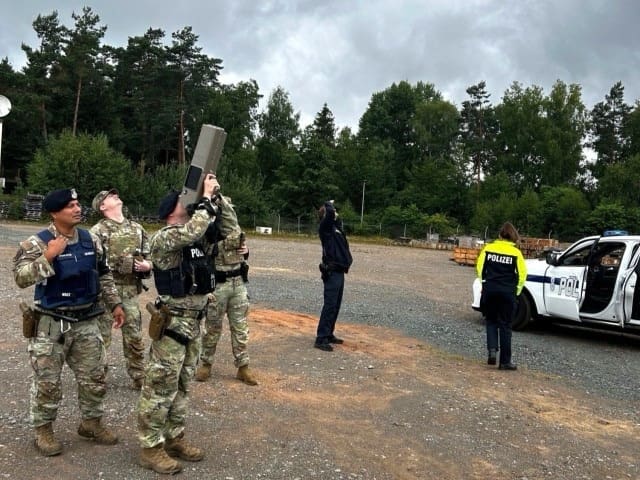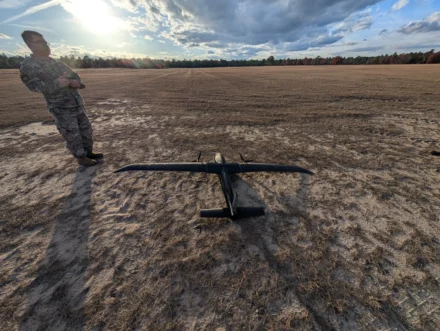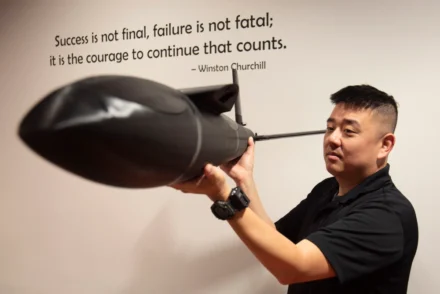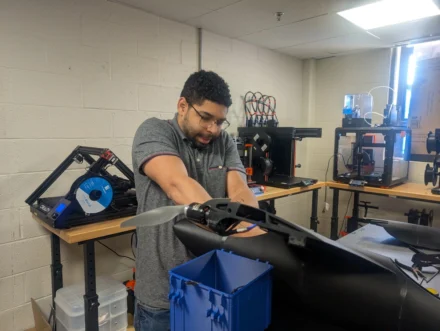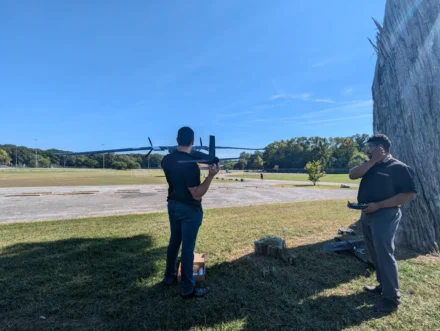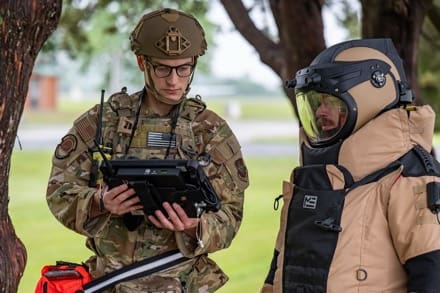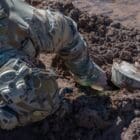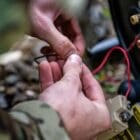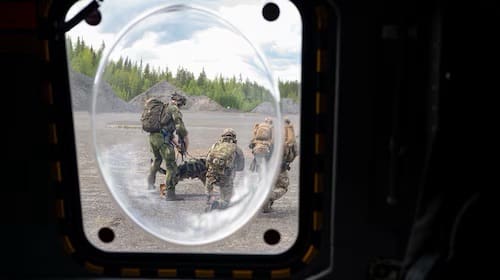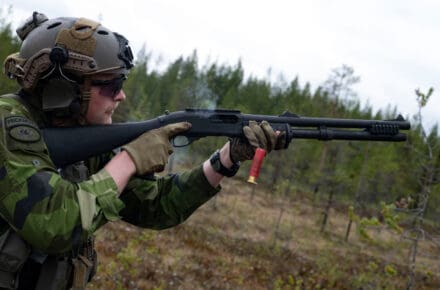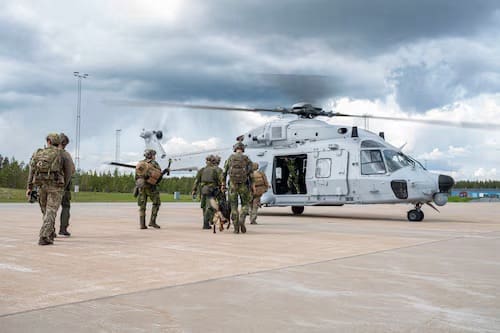DYESS AIR FORCE, Texas —
Eight Airmen assigned to the 21st Combat Air Base Squadron, part of the 21st Air Task Force, completed small Unmanned Aircraft System (sUAS) training at Joint Base Charleston, South Carolina, July 14-18, enhancing their technological capabilities and operational readiness ahead of their upcoming deployment.
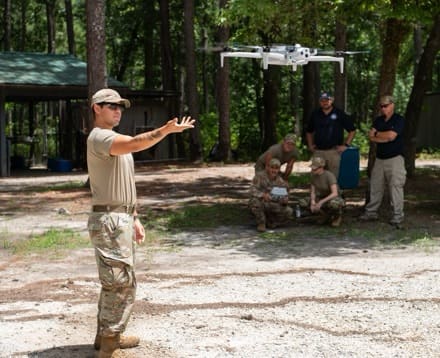
Hosted by the 628th Civil Engineer Squadron sUAS program office, the weeklong training course prepared Airmen for practical integration of drone technology in support of operational planning and force protection. Training scenarios included search-and-rescue operations, dense forested terrain navigation, and nighttime reconnaissance using thermal imaging—simulating environments where sUAS platforms act as low-cost, high-value force multipliers.
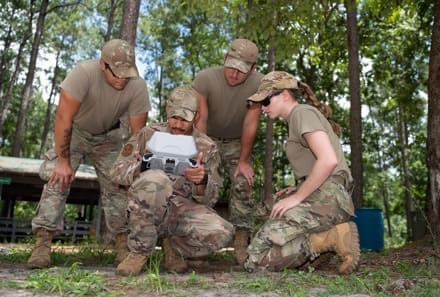
“I have a new appreciation for how critical sUAS technology is for the future fight,” said Tech. Sgt. Hunter Pryor, 7th Civil Engineer Squadron and 21st CABS station chief. “Now our team has several members, all from different career backgrounds, that can employ it effectively, which gives us a lot more flexibility in a contested environment.”
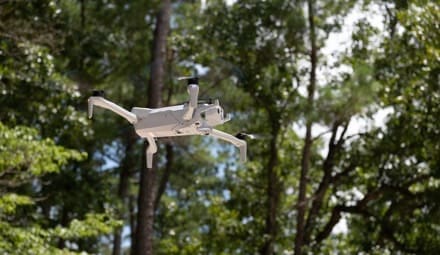
Upon completion of the training, each Airman received certification as a sUAS operator—a capability developed outside of their primary career field. Their newly acquired capabilities support broader sustainment and warfighting functions that will be tested throughout multiple exercises and training events.

“This kind of training is the Mission Ready Airmen idea in reality,” said Col. Thomas Walsh, 21st ATF commander. “Smaller, multi-disciplinary teams, using technology like sUAS, additive manufacturing and AI will be able to solve more problems faster and with less resources in contested areas. We are training how we expect to fight.”
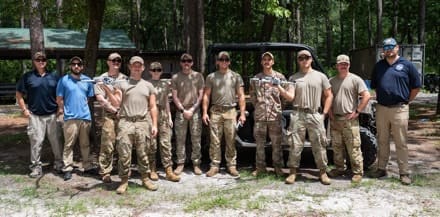
The training aligns with Department of Defense guidance under the recent “Unleashing U.S. Military Drone Dominance” directive, which calls for all combat units to integrate uncrewed aerial systems into force-on-force training by 2027 and equips every squadron with low-cost, expendable drones by the end of 2026.
“Our adversaries have a head start in small UAS, but we will perform a technological leapfrog and establish small UAS domain dominance by the end of 2027,” said the Honorable Pete Hegseth, U.S. Secretary of Defense. “We will accomplish this urgent goal by combining the nation’s best qualities, including risk-taking.”
By integrating sUAS operations into traditional mission frameworks, the 21st ATF is pioneering new tactics, techniques, and procedures that will inform future Air Force operations. As one of only three Pacific Air Forces-aligned air task forces, the 21st ATF is postured to lead the Department of the Air Force’s shift toward Agile Combat Employment, consistently training to operate in contested and austere environments across the Indo-Pacific.
By 7th Bomb Wing Public Affairs
7th Bomb Wing Public Affairs


